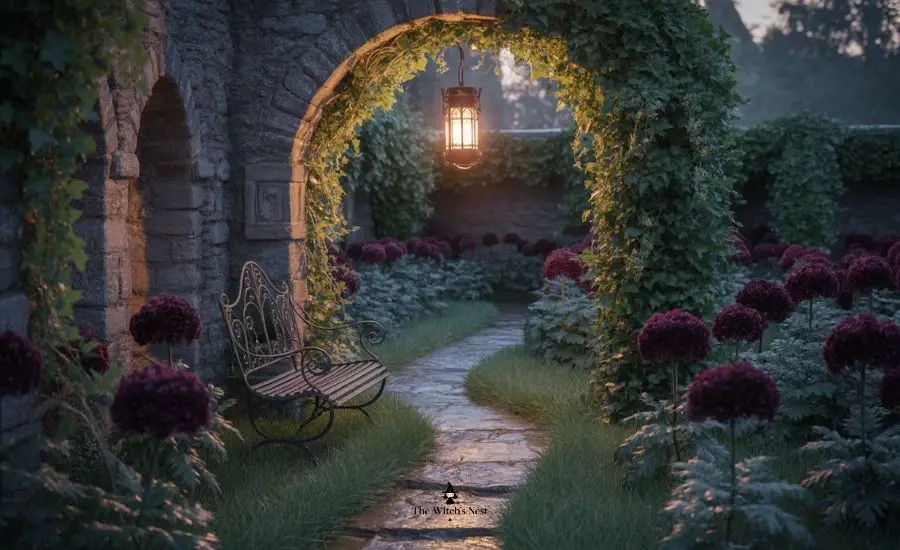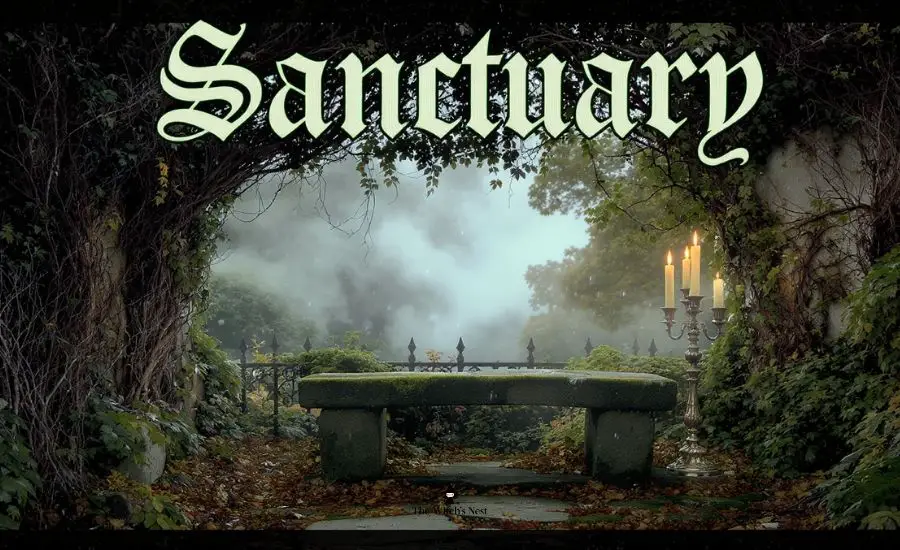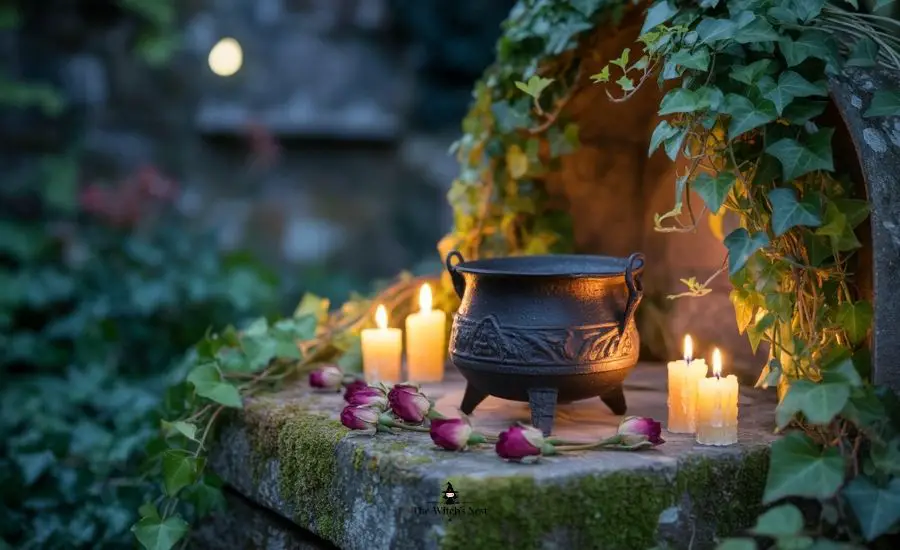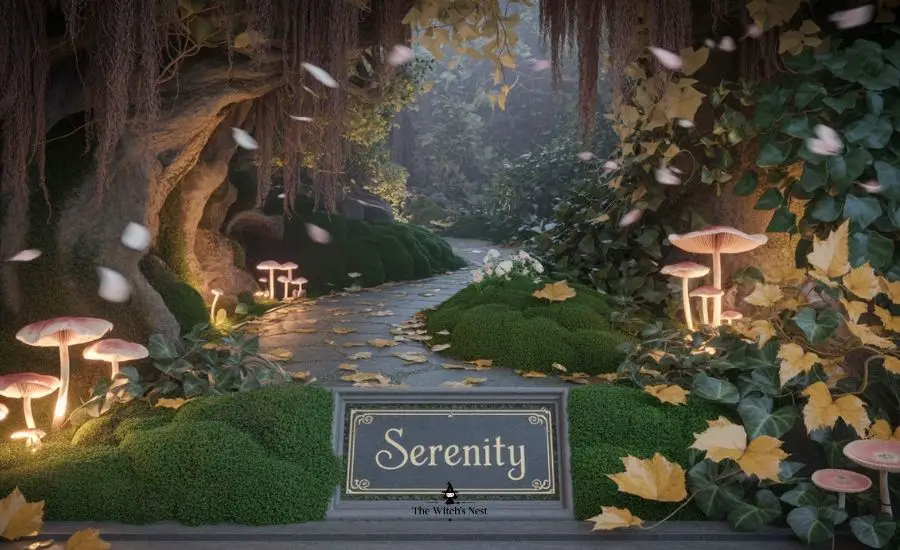- The Witch's Nest
- Gothic Garden
- How to Design a Gothic Garden That Feels Enchanted and Timeless
How to Design a Gothic Garden That Feels Enchanted and Timeless

A spellbound space where shadows dance with flowers, and nature whispers old secrets.
There’s something hauntingly beautiful about a garden kissed by shadow.
Not just the kind of darkness that hides — but the kind that glows quietly, like candlelight at dusk, or ivy creeping up stone walls. A gothic garden is both wild and intentional, overgrown and deeply poetic.
If you’ve ever dreamed of walking through a space that feels like an old novel, a moonlit ritual, or a place where witches once gathered herbs… this is it.
Let’s create a gothic garden that feels truly enchanted and timeless. 🌙
🌑 Why a Gothic Garden?
Gothic gardens are not gloomy — they’re romantic, mysterious, and soulfully alive.
They balance:
Darkness with light
Decay with beauty
Shadow with bloom
History with magic
They invite you to slow down, reflect, and walk deeper into your own inner world. Every corner becomes a secret waiting to be discovered.
🪻 1. Choose Deep, Dramatic Plants
Every enchanted garden begins with the right flora.
Gothic gardens rely on dark foliage, rich textures, and moody colors. Think deep purples, blood reds, midnight blues, and dusky greens.
Plant Ideas:
Black hollyhock
Blood-red roses
Black tulips
Lavender, sage & mugwort
Dark-leaved coleus or sweet potato vine
Foxglove, heuchera, monkshood
Ivy climbing up trellises or stone walls

🕯️ 2. Add Vintage and Worn-In Garden Elements
The past belongs in your present.
A gothic garden feels like it has always existed — aged, textured, filled with stories.
Elements to include:
Rusted wrought-iron furniture
Stone benches, weathered statues
Gothic arches or wrought-iron trellises
Broken urns or cracked pots with moss
Lanterns, candelabras, and birdbaths

🌕 3. Embrace Shade and Shadow
Gothic beauty blooms in the twilight.
You don’t need full sun to create magic. In fact, shade adds depth and mystery.
Tips:
Use shaded corners to grow ferns, foxglove, hellebore
Layer plants to create height and drama
Add mirrors or dark reflective surfaces to bounce soft light
Frame paths with lanterns or moonlight-silver plants

🕸️ 4. Create a Focal Point or Altar
Where rituals, reflection, and rest meet.
Gothic gardens feel sacred. Whether or not you practice rituals, an altar space grounds your garden in intention.
Ideas:
A stone table or pedestal with crystals and herbs
A mirror hung from a tree
A cauldron or old birdbath for moon water
A statue of the moon, a raven, or a goddess
A small shrine with candles, bones, or dried flowers

🌘 5. Let Nature Be a Little Wild
Order is overrated. Let your garden whisper.
Gothic gardens thrive in controlled chaos — where nature has a voice, and you simply guide it.
Let this happen:
Ivy creeping where it pleases
Moss on your stone path
Wind-blown petals on garden tables
Fungi growing on old logs
Spiders weaving in corners

🌒 Conclusion: Let Your Garden Tell a Story
A gothic garden isn’t just about what you plant — it’s about what you invite in.
You’re creating a space where beauty and decay coexist, where time feels slower, and where every bloom carries a little mystery.
So whether it’s a single dark rose or a whole shaded sanctuary, plant with heart — and let your garden become your spell.
🖤 Which gothic detail would you include first? Tell me in the comments — and don’t forget to pin your favorite ideas!


Deja una respuesta